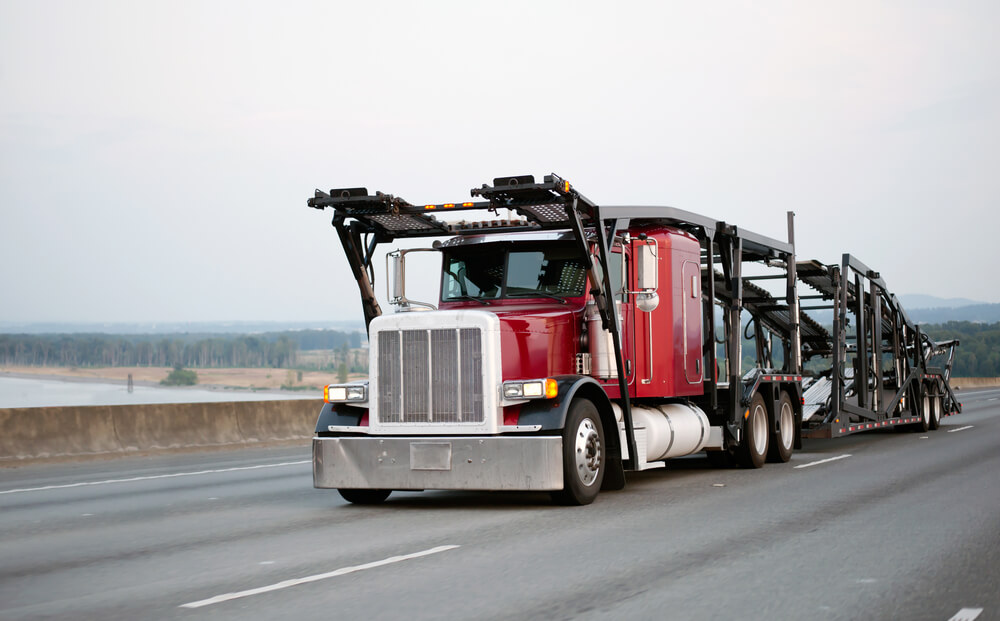When homeowners search for reliable solutions for their garage needs, finding a trusted provider is crucial. Websites like garagedoorcompany.org make it easier to explore professional services, from installations to repairs, ensuring your home’s security and functionality remain top priorities. Choosing the right company is not just about convenience; it’s about safeguarding your property and improving your home’s overall value.
The financial side of garage door ownership is equally important. With resources like garagedoorcost.net, homeowners can better understand the different price factors that influence installation, maintenance, and replacement. Garage door costs vary depending on style, material, insulation, labor, and additional features such as smart technology.
Why a Professional Garage Door Company Matters
Many people are tempted to handle garage door problems on their own. While do-it-yourself repairs might seem cost-effective, they often lead to further complications. Garage doors are heavy, complex systems that require professional attention for safety and efficiency. A professional garage door company offers skilled technicians, warranty-backed services, and long-lasting solutions that minimize risks.
Whether you are dealing with a malfunctioning opener or planning to upgrade to a modern, insulated model, working with experts ensures the job is done right the first time. Additionally, certified professionals can provide valuable advice on selecting the best type of garage door for your home’s architecture and budget.
Factors That Influence Garage Door Cost
The cost of a garage door can vary widely. On the low end, a basic single-car steel garage door may cost just a few hundred dollars, while custom wood or high-end insulated doors may run several thousand. Here are some of the key factors to consider:
- Material: Steel doors are the most common and affordable. Wood and composite wood options provide a more traditional aesthetic but come with higher costs. Aluminum and fiberglass are lightweight alternatives, each with unique pricing.
- Size: Double garage doors are naturally more expensive than single ones due to the additional material and installation labor.
- Insulation: Energy-efficient garage doors with proper insulation can reduce utility costs, making them a wise investment, though the upfront price is higher.
- Design and Features: Custom finishes, windows, and smart features such as app-based control systems increase the price but enhance functionality.
- Labor and Installation: Professional installation ensures proper alignment and long-term performance. While this adds to the cost, it prevents costly mistakes.
Balancing Cost and Quality
It is important to remember that the cheapest option is not always the best. Investing in a quality garage door can improve curb appeal, increase property value, and provide greater security. A well-chosen garage door balances affordability with durability, ensuring you get the most value for your money.
For homeowners moving to a new place or upgrading their property, making wise financial and service choices is essential. Trusted organizations such as the Federal Motor Carrier Safety Administration offer consumer protection advice that highlights the importance of working with legitimate service providers. The same principles apply when selecting a garage door company, ensuring you avoid unreliable contractors and hidden costs.
Long-Term Maintenance and Value
Garage doors require ongoing maintenance to ensure safety and longevity. Lubricating moving parts, checking alignment, inspecting springs, and cleaning the tracks can extend the life of your door. Regular maintenance also reduces unexpected repair costs and prevents potential hazards.
Many companies offer annual inspection and service packages. While these come at an additional cost, they provide peace of mind by ensuring your door remains in peak condition. Investing in preventive maintenance is often more affordable than facing emergency repairs.
Choosing the Right Garage Door Company
When selecting a garage door company, look for providers with positive customer reviews, clear warranties, and transparent pricing. A trustworthy company should offer detailed estimates that outline material, labor, and any additional fees. Certifications, insurance coverage, and local experience are also important factors to consider.
Additionally, a reputable garage door company should have knowledgeable staff who can guide you through the entire process. From selecting the right door for your home to explaining financing options, the company’s ability to support your needs is a sign of professionalism.
Final Thoughts
Garage doors are more than just entry points to your home; they play a vital role in safety, energy efficiency, and curb appeal. Understanding the services offered by a professional garage door company and being aware of garage door cost factors helps homeowners make informed decisions. By investing wisely, maintaining the system regularly, and choosing a reliable provider, you ensure long-term performance and lasting value.

